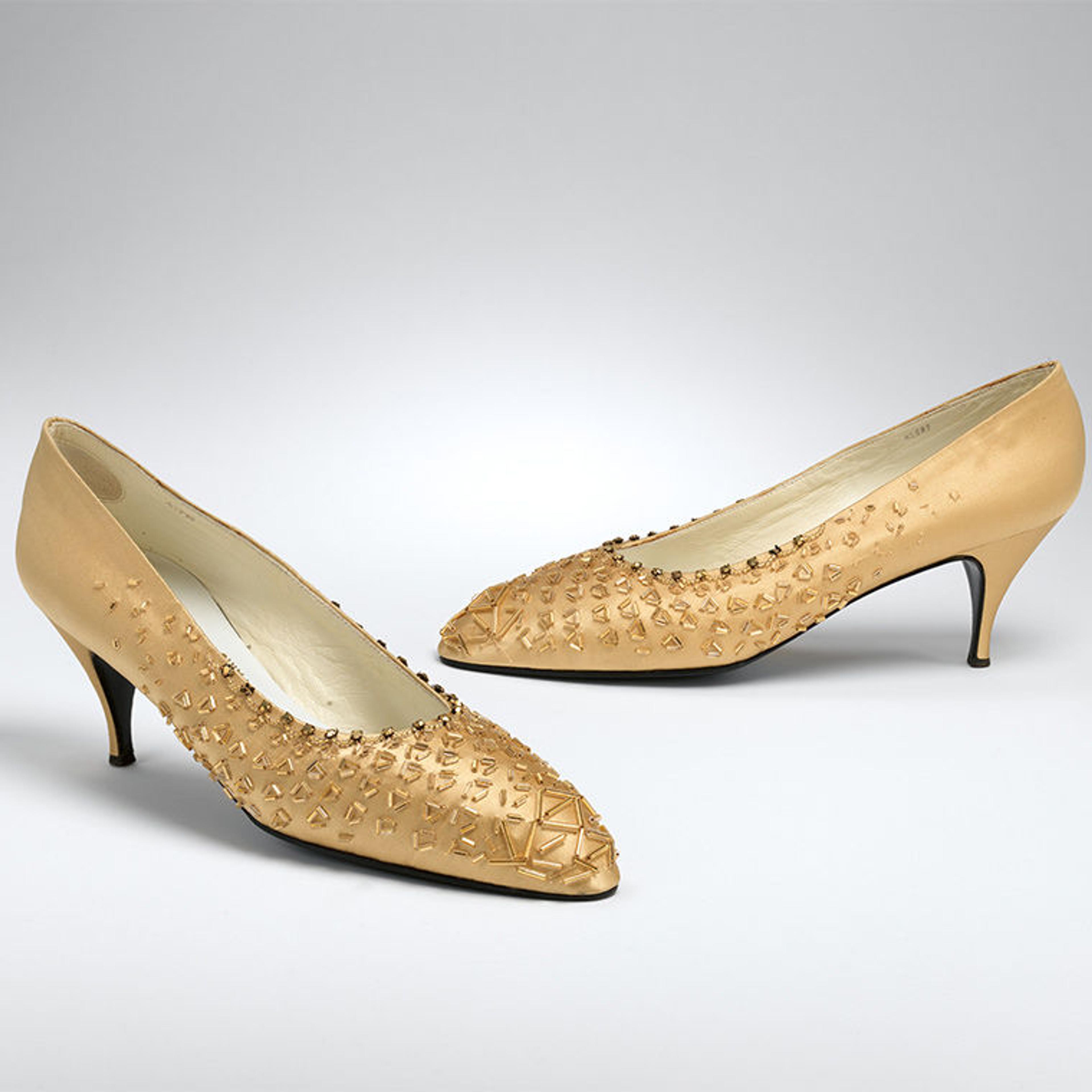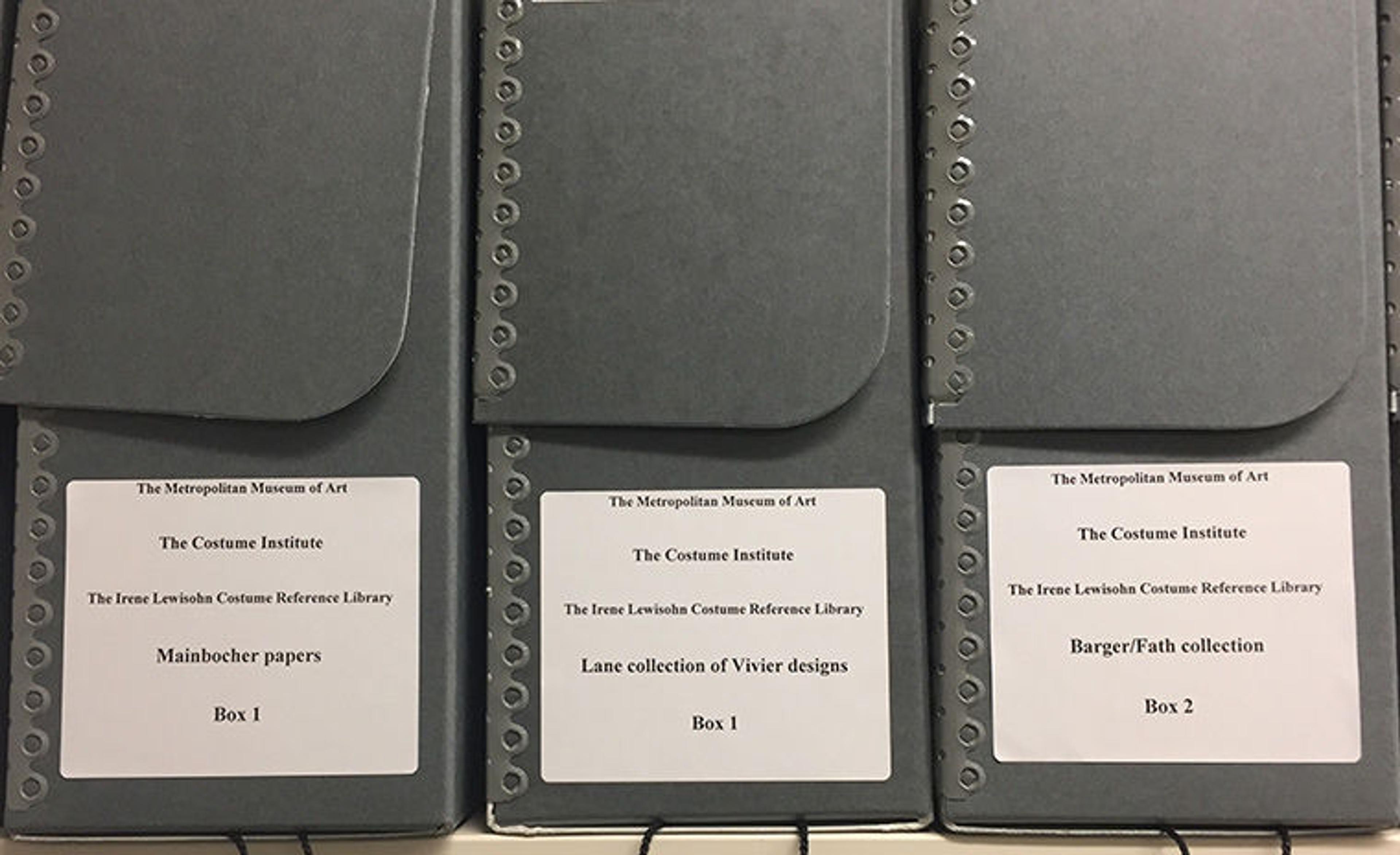
Materials from The Costume Institute Special Collections processing project, now open for research access. Photo by the author
In 2017, I joined The Met as a project archivist in the Irene Lewisohn Costume Research Library of The Costume Institute to undertake a two-year project to arrange, describe, and provide access to twenty-five collections of archival materials. The first fifteen collections (which altogether include scrapbooks, sample books, collections of photographs, and sketches) recently opened for research. Their finding aids are available online, and the physical materials can be used by qualified researchers onsite, by appointment.
As an archivist processing collections on behalf of a curatorial department, I find that one unique value of my work is connecting paper (and sometimes digital) archival materials with related objects in the Museum's collection.
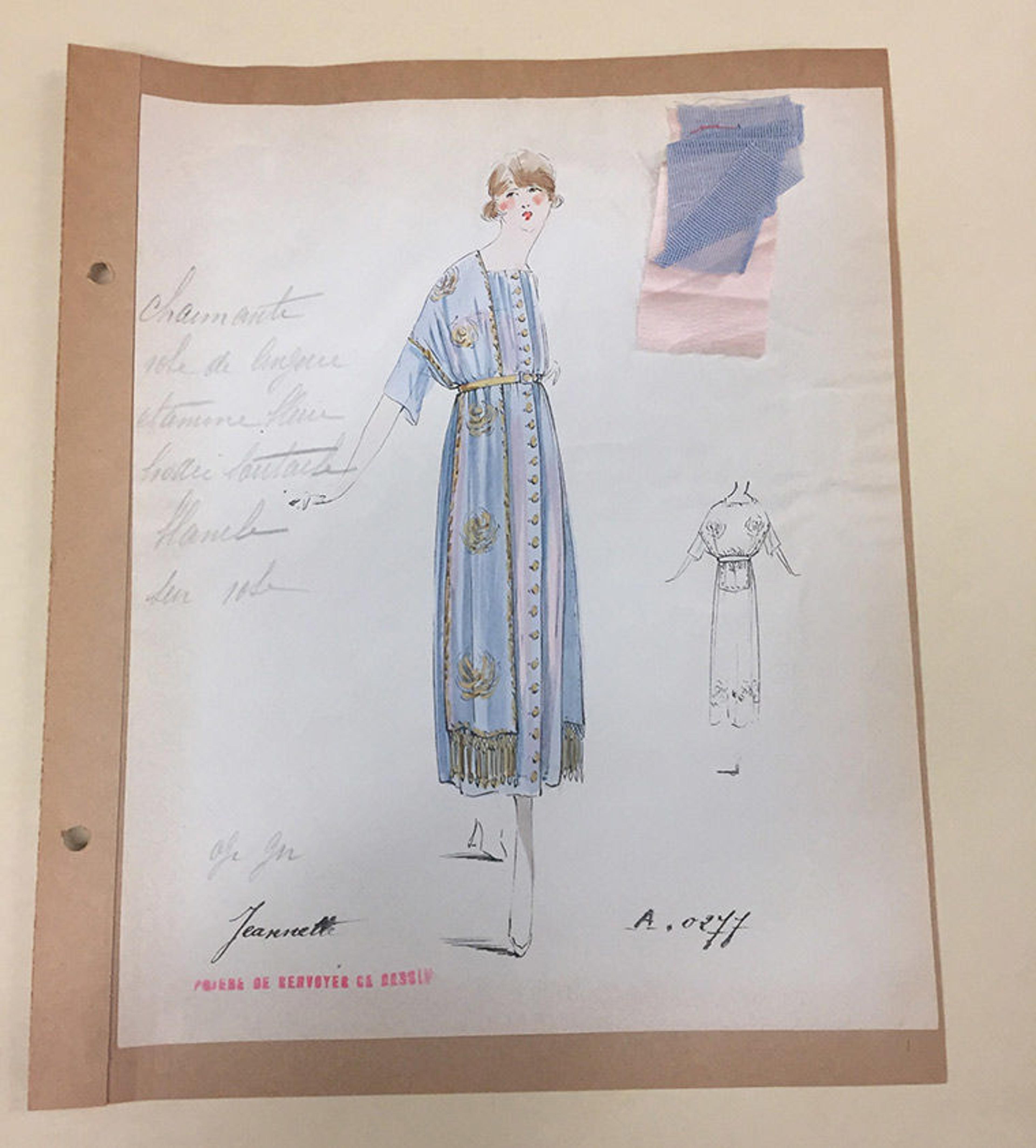
A 1918 design for a dress from the Worth sketch collection (box 1, folder 19). The Irene Lewisohn Costume Reference Library at The Costume Institute, The Metropolitan Museum of Art. Photo by the author
Among the recently processed collections are sketches of dress and blouse designs from the House of Worth in Paris, including those mailed to a potential American customer in 1918 as marketing outreach during a time of diminished luxury goods sales in Europe.
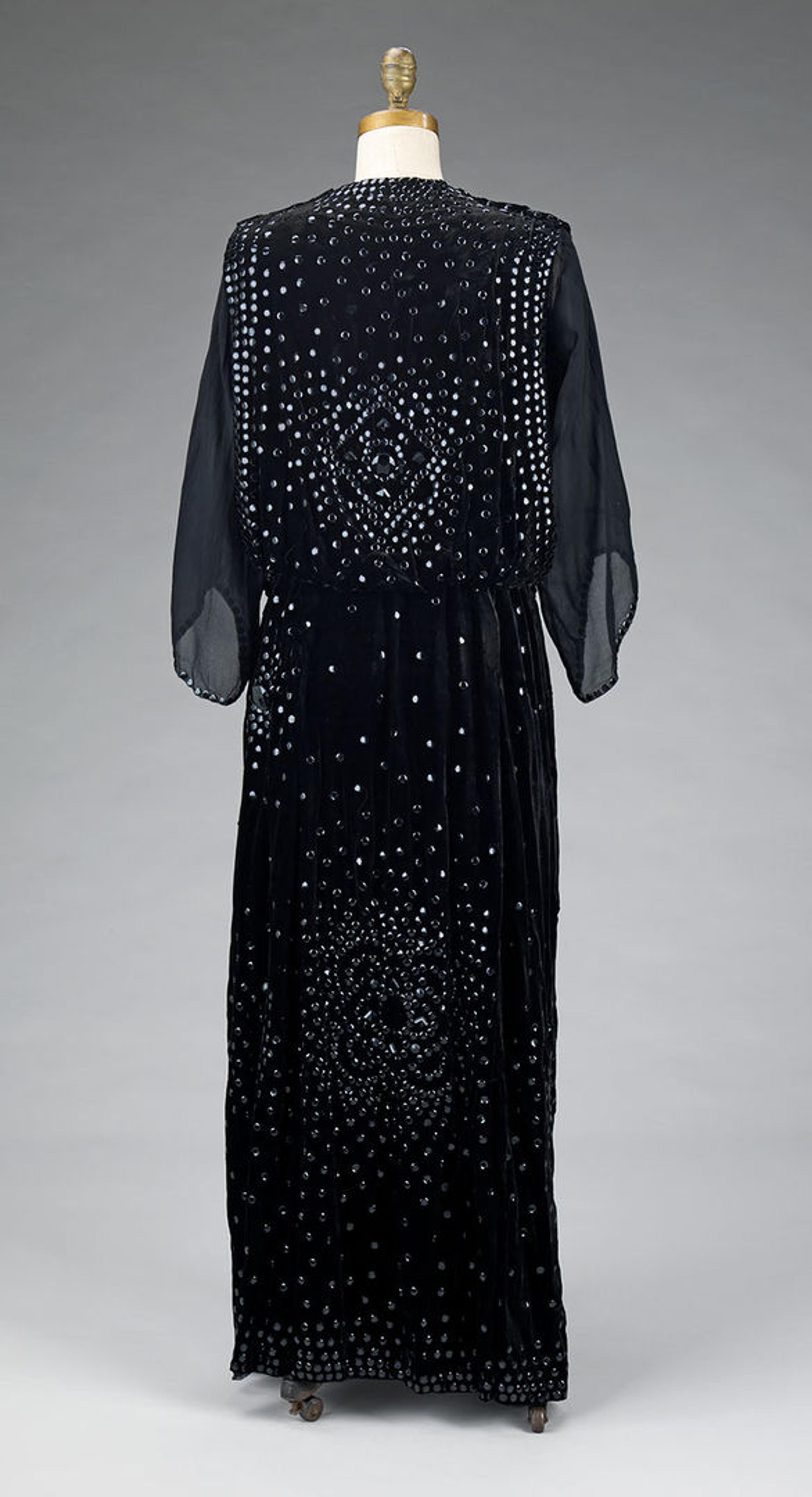
Attributed to Jean-Philippe Worth (French, 1856–1926). Dinner dress, 1918–20. Silk, synthetic. The Metropolitan Museum of Art, New York, Brooklyn Museum Costume Collection at The Metropolitan Museum of Art, Gift of the Brooklyn Museum, 2009, Gift of Mrs. Francis Daniel, 1969 (2009.300.3332)
A search of the more than two hundred garments in The Costume Institute's collection that were designed by Worth shows that about one hundred date from 1900 to the present. From there, the intrepid researcher can dive deeper and ask a variety of questions. For example, does the collection contain any of the garments so beautifully rendered in the sketches? What do the sketches tell us about the Museum's holdings? And vice versa?
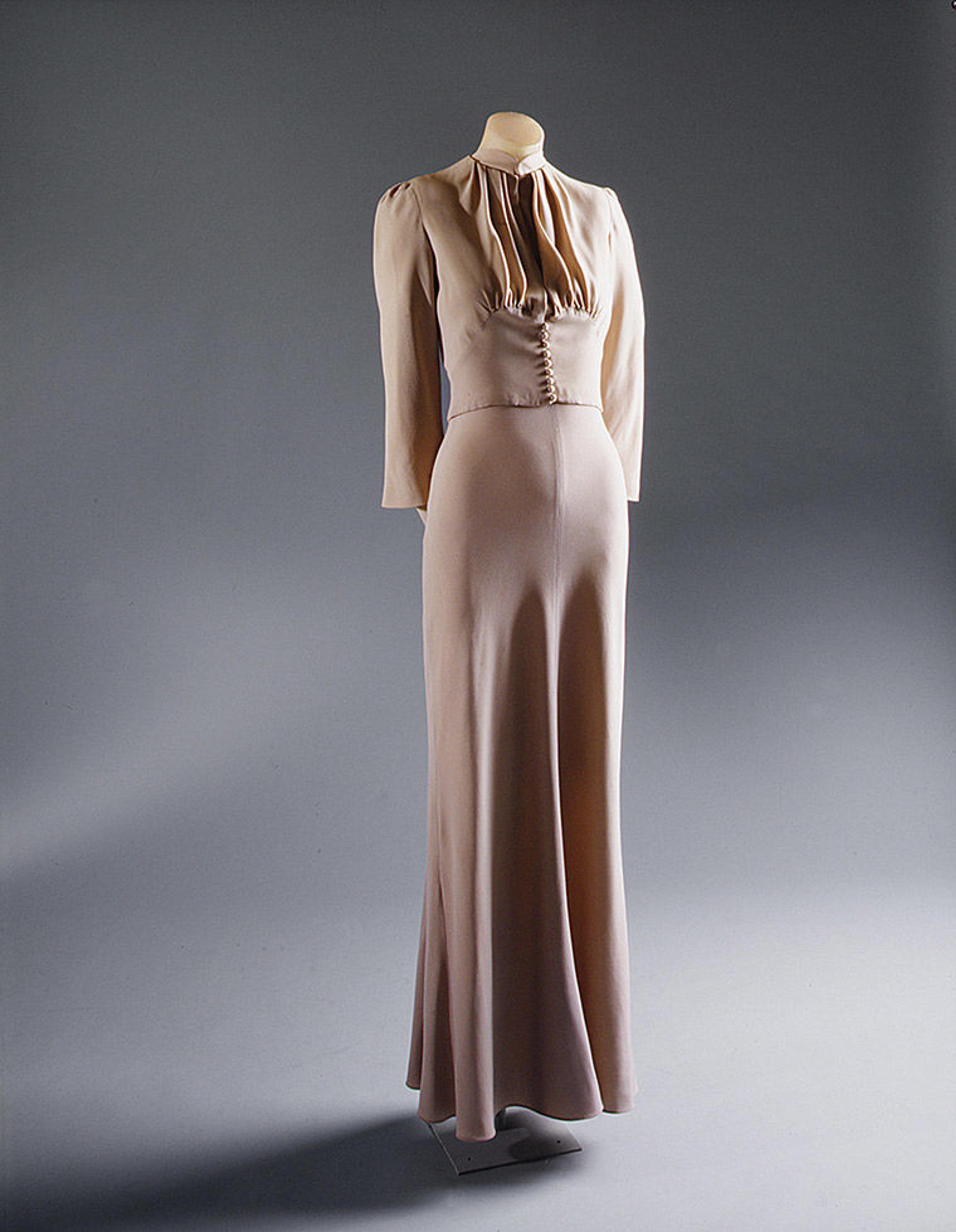
Mainbocher (American, 1890–1976). Wedding ensemble, 1937. Silk, leather, straw, coq feathers. The Metropolitan Museum of Art, New York, Gift of the Duchess of Windsor, 1950 (C.I.50.110a–j)
The twentieth-century American designer Mainbocher is known for producing elegant clothes that were perfectly appropriate for every occasion. His clients included socialites, movie stars, and royalty. Notable among the latter was Wallis Warfield Simpson, who wore this Mainbocher design in specially designed "Wallis blue" (since faded) when she married the Duke of Windsor in 1937. The many aspects of Mainbocher's design genius are evident in more than two hundred items in The Costume Institute's collection.
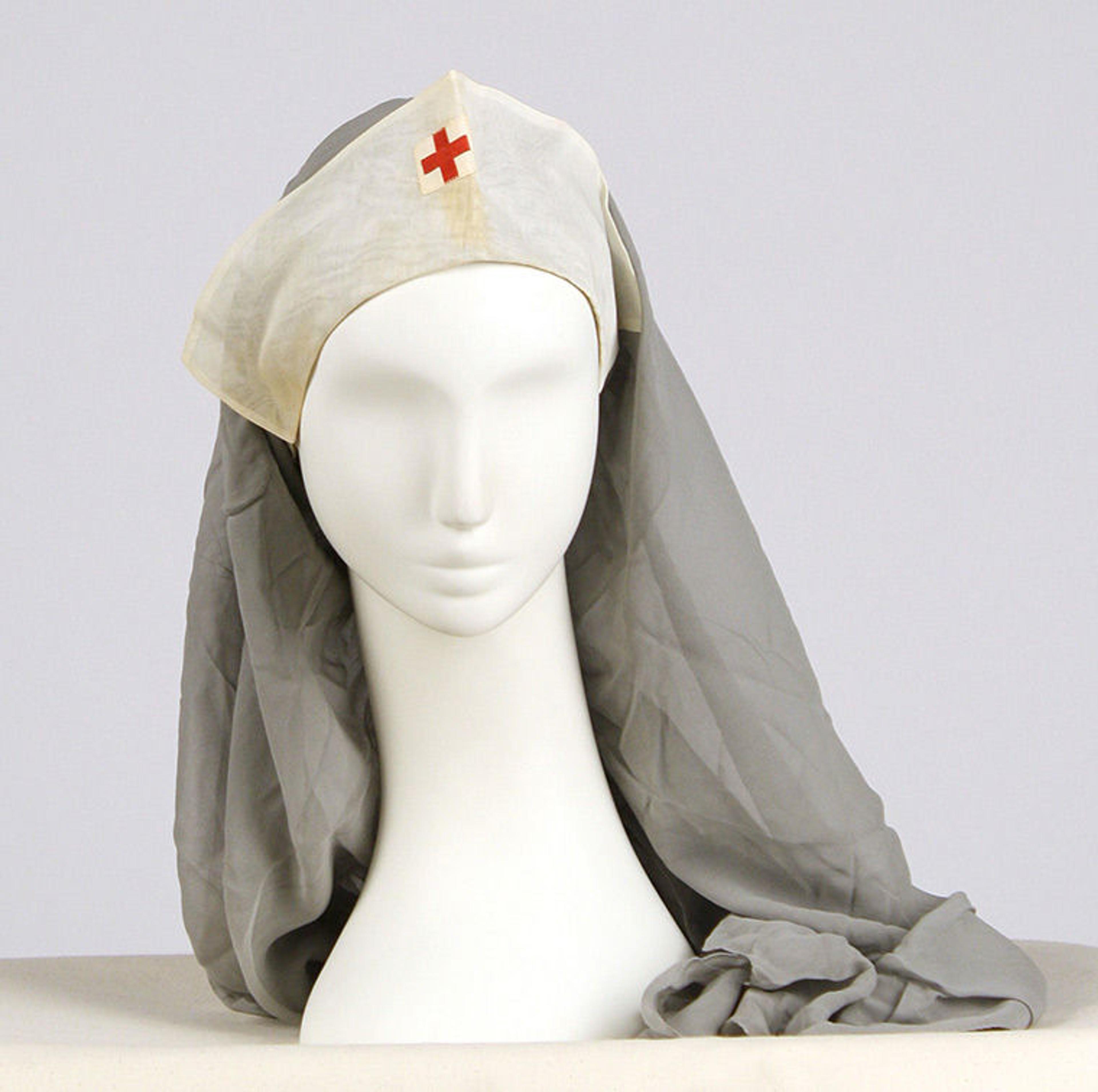
Mainbocher (American, 1890–1976). Uniform bonnet, 1940s. Cotton. The Metropolitan Museum of Art, New York, Gift of Jean Stralem, 1993 (1993.463.11)
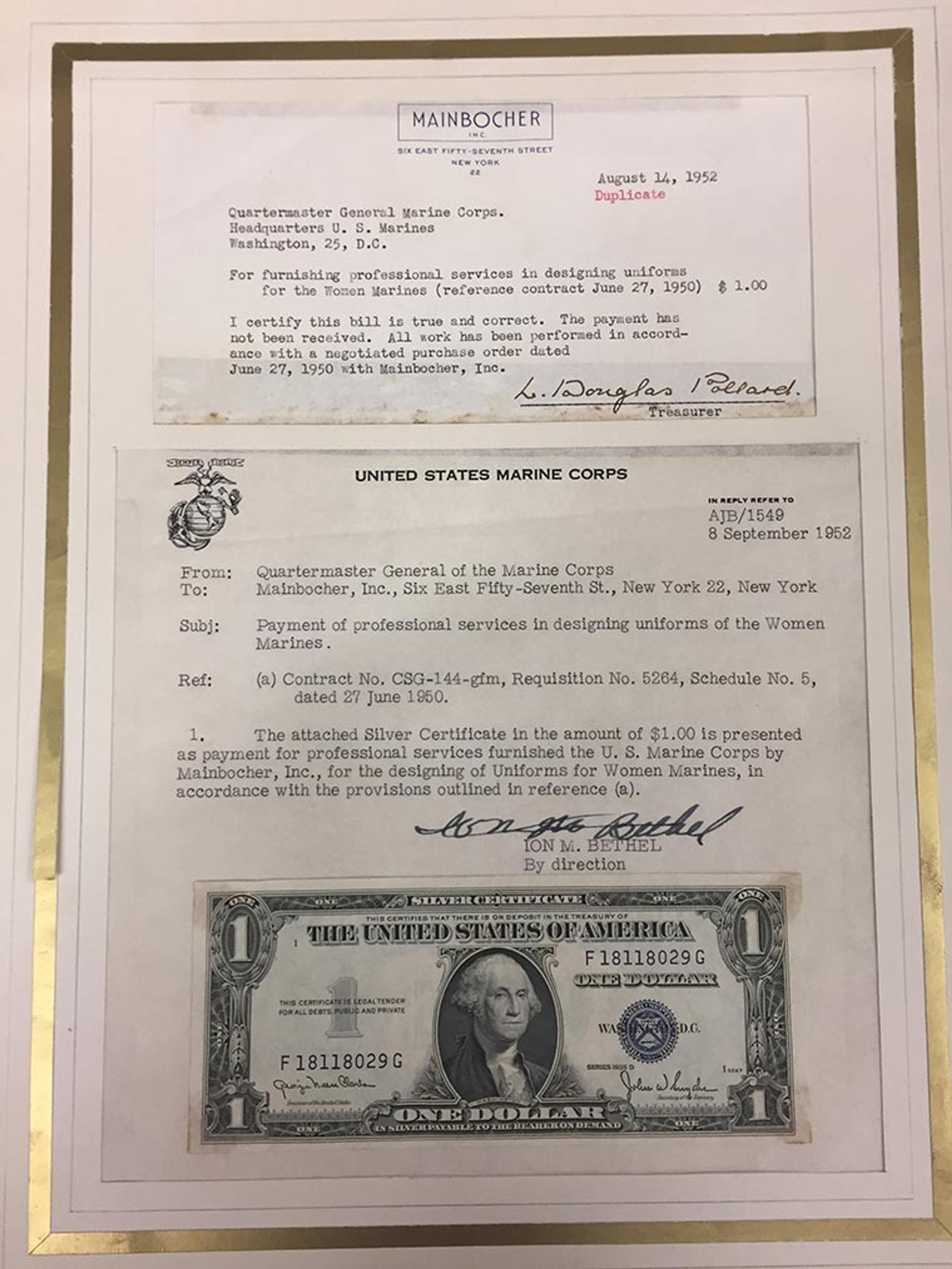
Materials from the Mainbocher papers detailing payment for the designer's services for the US Marine Corps (box 1, folder 3). The Irene Lewisohn Costume Reference Library at The Costume Institute, The Metropolitan Museum of Art. Photo by the author
Perhaps less well known is Mainbocher's extensive involvement in designing uniforms for the US Marine Corps, which is documented in correspondence between him and the military dating from 1952.
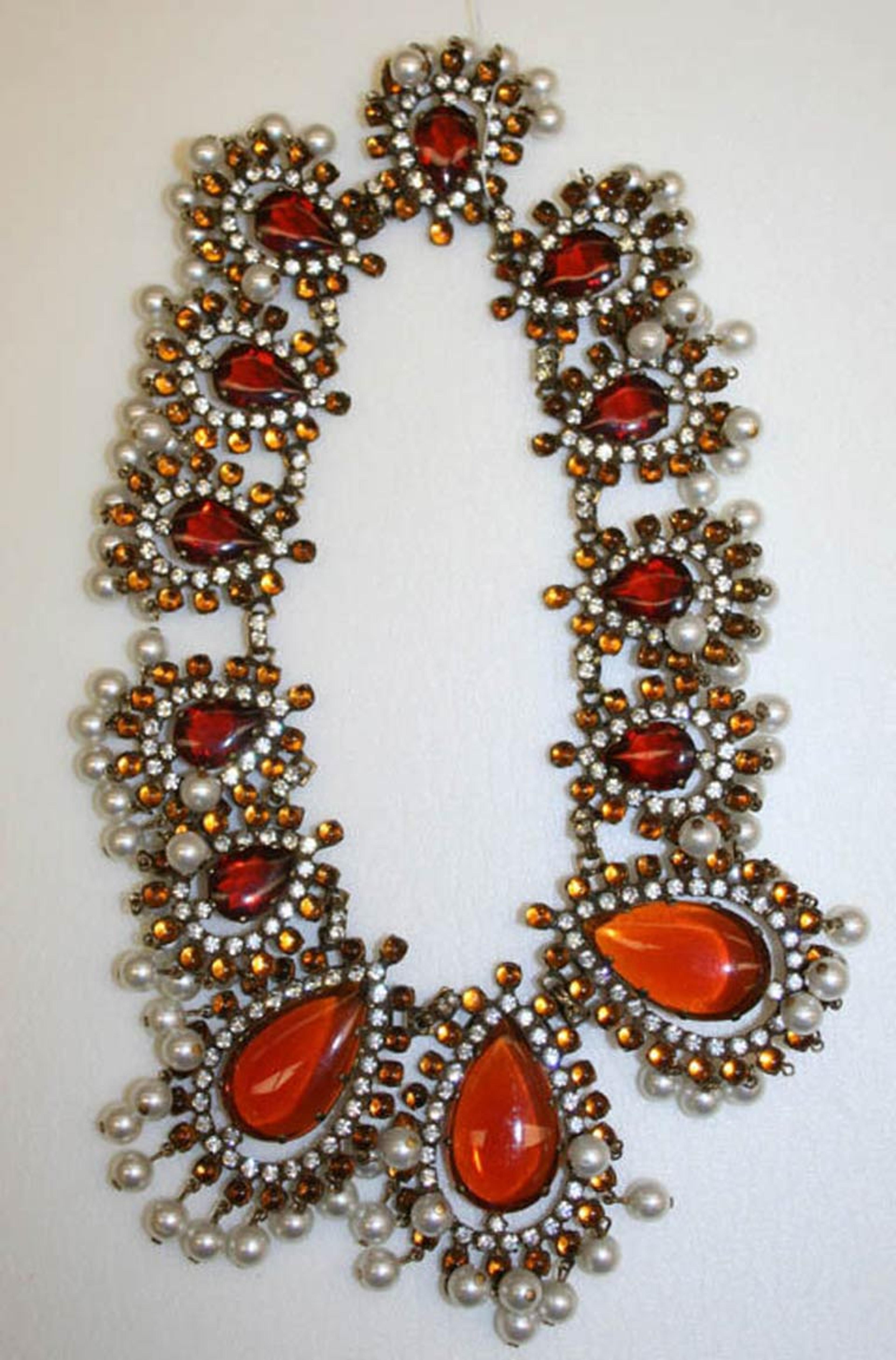
Kenneth Jay Lane (American, 1932–2017). Necklace, ca. 1968. Metal, plastic. The Metropolitan Museum of Art, New York, Gift of Marilyn Linzer, 1996 (1996.496.8)
Kenneth Jay Lane is likewise probably best known for making fabulous fake jewelry acceptable—and highly desirable—as evening wear for the social elite.
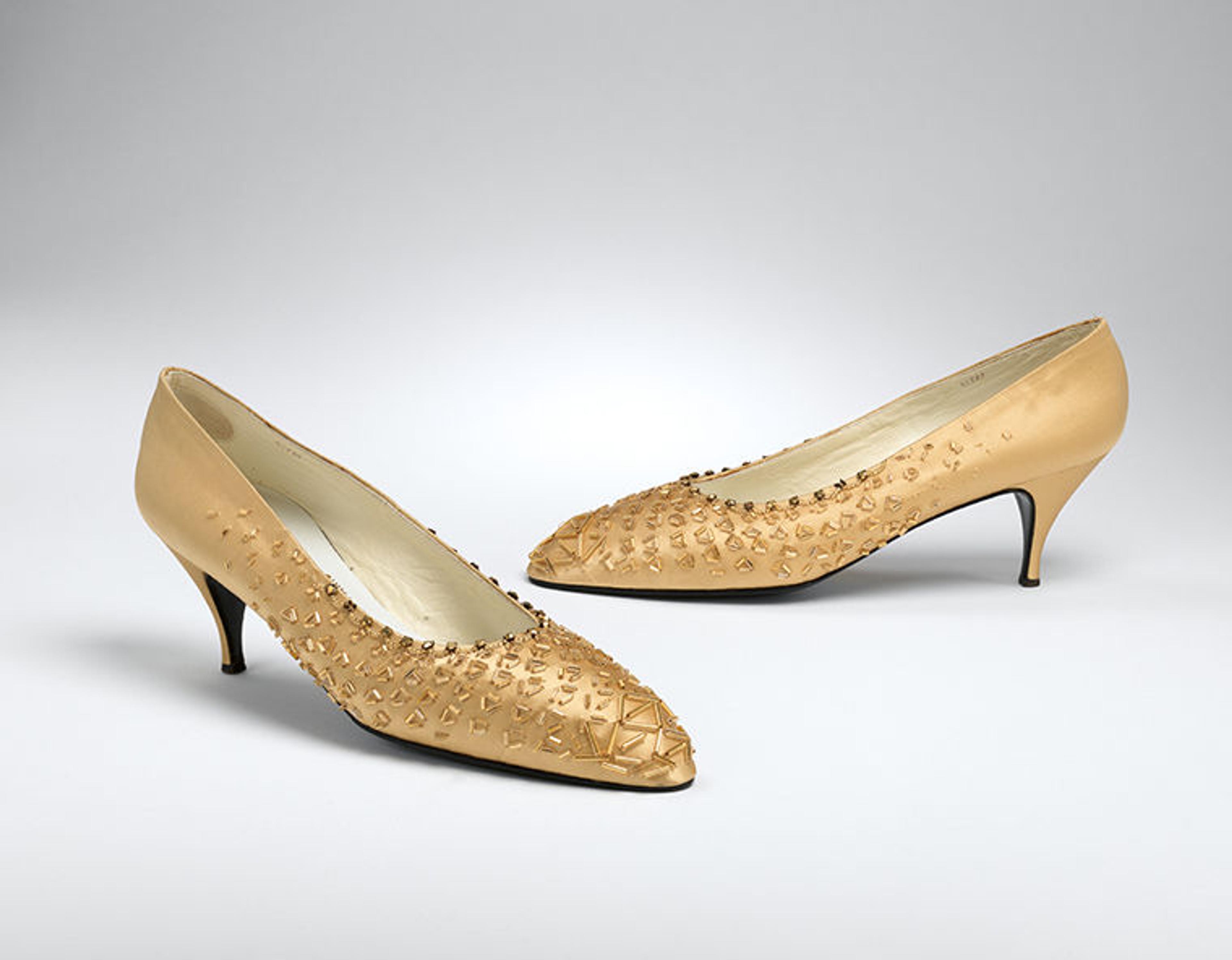
Roger Vivier (French, 1913–1998). Evening shoes, 1963. Silk, glass, leather. The Metropolitan Museum of Art, New York, Gift of Germaine Cromwell, 1977 (1977.277.23a, b)
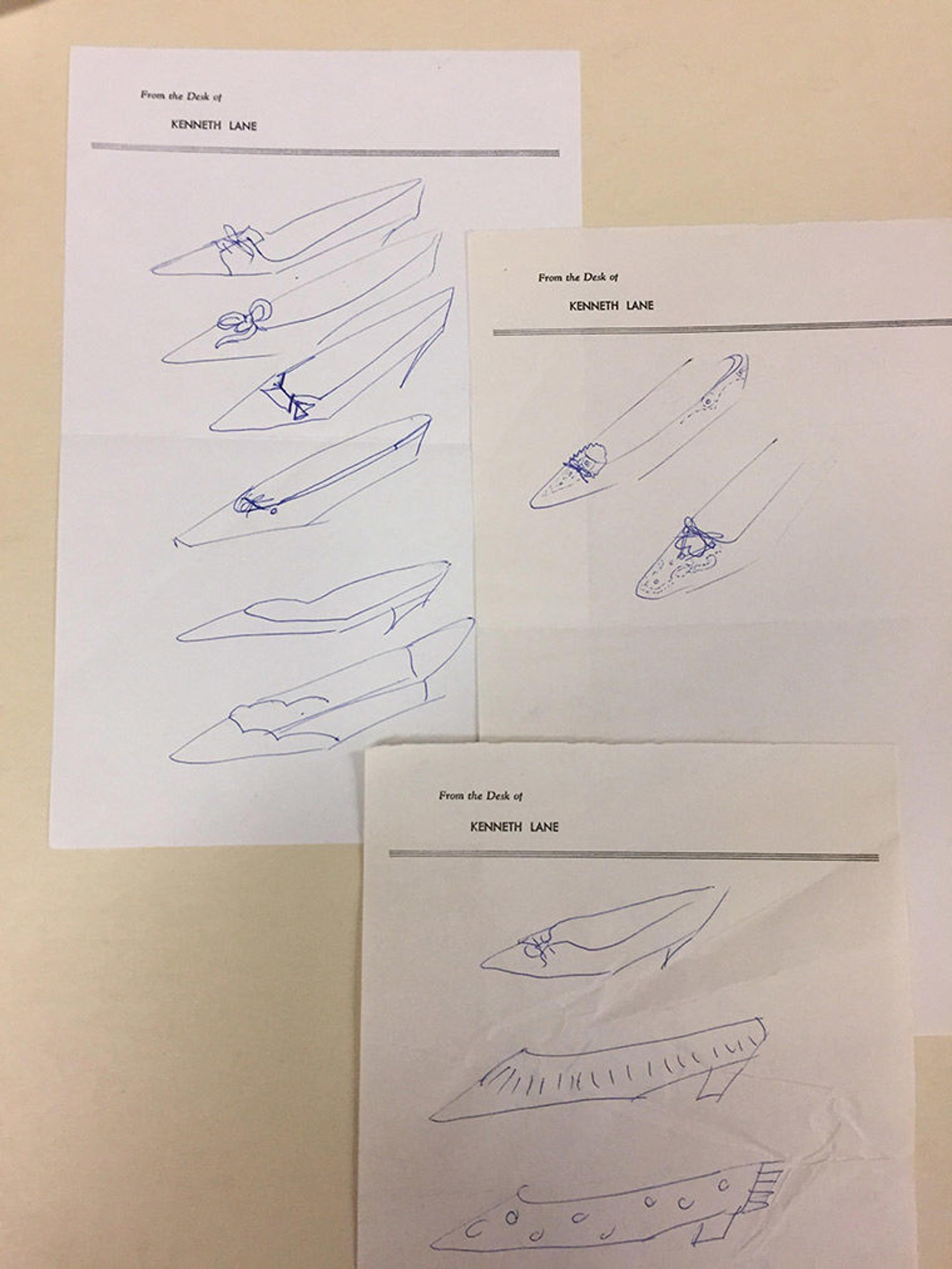
The Kenneth Jay Lane collection of designs for Roger Vivier (box 1, folder 7). The Irene Lewisohn Costume Reference Library at The Costume Institute, The Metropolitan Museum of Art. Photo by the author
One illuminating find from these special collections—a series of rough shoe designs Lane did for Roger Vivier—are from early in his career. Of the two hundred pairs of shoes, boots, and sandals produced by Vivier that are now in The Costume Institute's collection, how many might Lane have worked on?

The Miss Anea swatch collection (box 1, folder 2). The Irene Lewisohn Costume Reference Library at The Costume Institute, The Metropolitan Museum of Art. Photo by the author
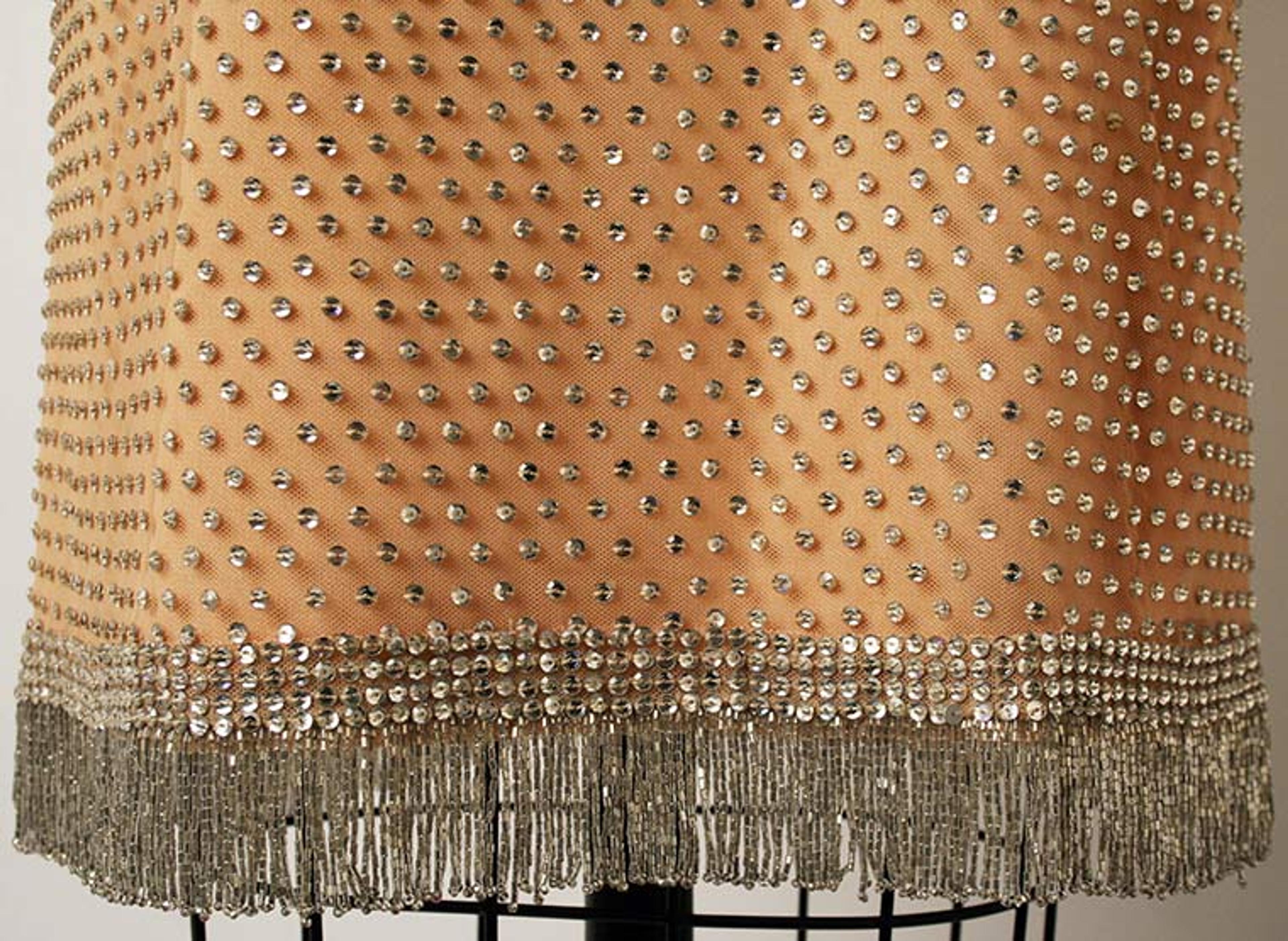
Norman Norell (American, 1900–1972). Cocktail dress (detail), ca. 1967. Silk, cotton, glass. The Metropolitan Museum of Art, New York, Gift of Mrs. B. Courtney Rankin, 1977 (1977.36)
And if you relish speculation, there is a sample swatch identified in the archival records as created for Norell by Miss Anea, considered the foremost twentieth-century American creator of luxury hand embroidery. Might this also be an example of her handiwork on a dress by Norman Norell? Only further study will tell.
I envision these collections as stepping stones that may lead researchers to new discoveries, and I invite everyone to view a detailed listing of all fifteen special collections now open for research.
